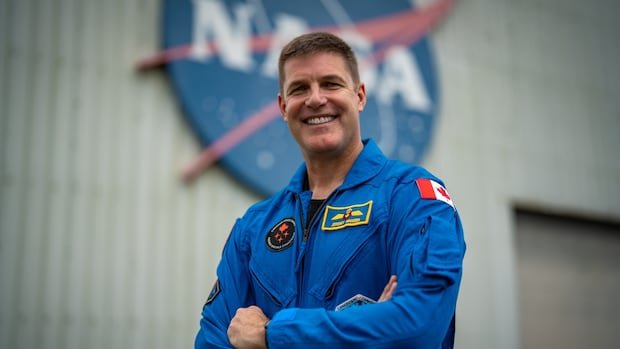In a groundbreaking space mission set for February, NASA plans to send astronauts Victor Glover, Reid Wiseman, Christina Koch, and Canadian Space Agency astronaut Jeremy Hansen on a historic journey around the moon. This Artemis II mission aims to push human exploration boundaries further than ever before. The primary objective is to pave the way for Artemis III, marking the first manned lunar landing since 1972.
Apart from evaluating the spacecraft’s functionalities, the crew will serve as subjects for crucial human physiology studies in space. Unlike the Apollo era, which focused on lunar surface operations, Artemis seeks to delve into the effects of deep space travel on the human body.
NASA’s chief exploration scientist, Jacob Bleacher, emphasized the paramount importance of ensuring the safe return of the crew by comprehensively understanding the space environment. To achieve this, the agency has devised a research agenda to support upcoming Artemis missions, focusing on enhancing space travel safety and crew well-being.
As humans are not biologically designed for space exploration, initiatives like the ARCHeR experiment are underway. This project involves monitoring astronauts’ sleep patterns, stress levels, and cognitive functions using innovative wearable technology. Data collected from these experiments will inform future mission planning and crew support strategies.
Moreover, NASA’s AVATAR project aims to simulate the impact of deep space conditions, such as radiation and microgravity, on human physiology. By utilizing cutting-edge technology like the AVATAR chip, which mimics bone marrow functions, scientists aim to develop personalized countermeasures to safeguard astronauts’ health during extended space missions.
Another intriguing study onboard is the analysis of astronauts’ immune responses through dry saliva sampling. By examining biomarkers in saliva samples, researchers aim to understand how the immune system reacts to space-related stressors like radiation exposure and isolation.
While Artemis II may not offer the glamour of a lunar landing like Artemis III, it plays a vital role in laying the groundwork for sustained human presence in space. Looking towards the future, astronaut Reid Wiseman envisions a legacy where human exploration extends beyond Mars, inspiring future generations to continue venturing into the universe.
Through these innovative experiments and research endeavors, Artemis II is not merely a mission to the moon but a stepping stone towards humanity’s enduring legacy in space exploration.
